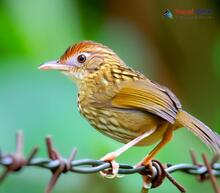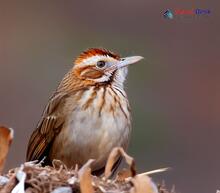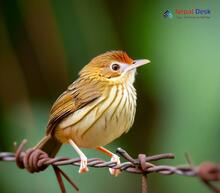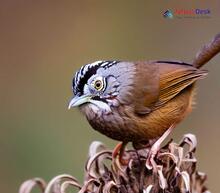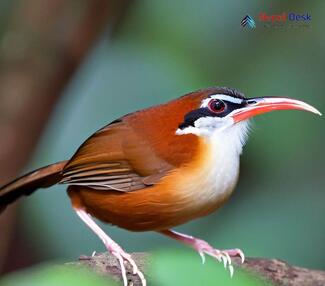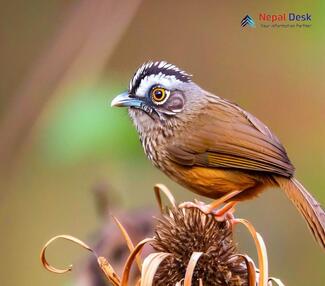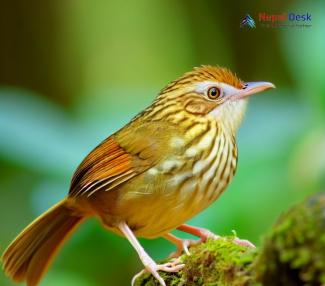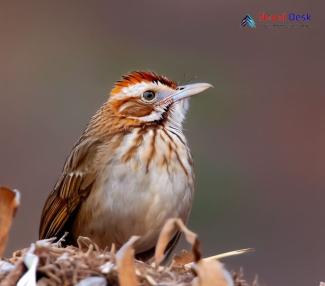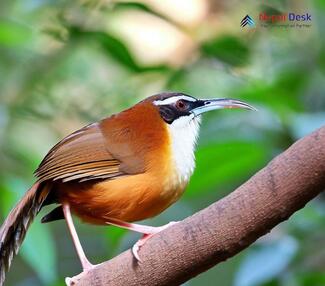Beyond the breathtaking beauty of its Himalayan scenery, Nepal is home to a vast variety of bird species, including the lesser-known yet enchanting birds of the Pellorneinae subfamily. A true treat for experienced birdwatchers and casual nature lovers alike, let's embark on an exciting journey into the captivating realm of Pellorneinae in Nepal and learn why these understated treasures deserve a spot on your next birdwatching adventure.
Understanding the Pellorneinae Subfamily
Belonging to the broader babbler family (Timaliidae), birds of the Pellorneinae subfamily are small to medium-sized and prefer living on the ground or within low-growing vegetation. Spotting these elusive creatures can be difficult due to their fondness for dense, bushy habitats. However, their melodious songs and intriguing behaviors make unearthing them an enthralling experience.
Nepal's Unique Pellorneinae Species
Nepal is home to a remarkable assortment of Pellorneinae species, each having distinct markings and distinctive songs. Among these captivating species are:
The Nepal Fulvetta (Alcippe nipalensis)
This small, greyish-brown bird showcases white eyebrows and a rufous tail. It typically resides in subtropical and temperate forests.
The Rufous-throated Wren-Babbler (Spelaeornis caudatus)
Recognizable by its vivid rufous throat and white-tipped tail feathers, this speckled brown bird can mostly be found in moist montane forests.
The Scaly-breasted Wren-Babbler (Pnoepyga albiventer)
Identified by its unique scaling pattern on its breast, this minute bird chooses to dwell in dense undergrowth across subtropical and montane forests.
Essential Tips for Locating Pellorneinae Birds in Nepal
Maximize your chances of spotting these elusive Pellorneinae birds in Nepal with these helpful birdwatching tips:
Timing is crucial: The best times for birdwatching in Nepal are during spring (March-May) and autumn (September-November), offering ideal weather and increased bird activity.
Recognize their calls: Since Pellorneinae birds are ground-dwelling, they can be difficult to spot. Familiarize yourself with their unique calls to pinpoint their locations more easily.
Venture beyond the tourist sites: While well-known birdwatching spots like Chitwan National Park and Shivapuri Nagarjun National Park may offer exciting encounters, venturing into lesser-known regions could provide even more chances to see these elusive birds.
Embrace local expertise: Employing a knowledgeable local guide can significantly enhance your birdwatching experience, as they are intimately familiar with the habits and preferred habitats of different Pellorneinae species.
By traversing Nepal's lush landscapes, you'll have the opportunity to reveal the hidden world of the enchanting Pellorneinae subfamily. As you dive into this captivating realm of ground-dwelling birds, their melodious songs and fascinating behaviors will leave an indelible mark on your unforgettable birdwatching journey.

